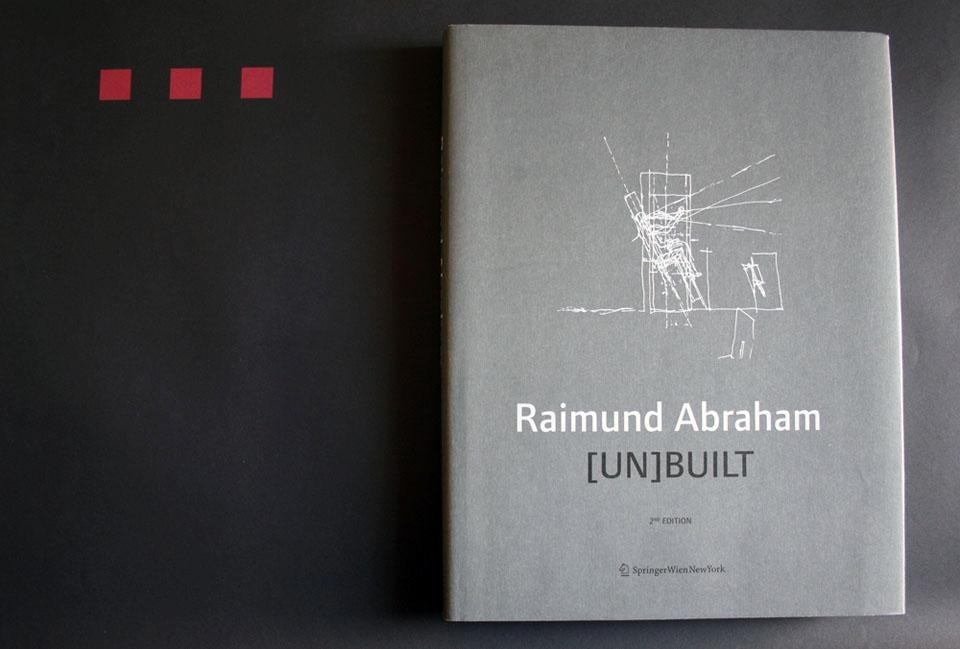2nd revised and enlarged edition, edited by Brigitte Groihofer, Springer, 2011 (348 pp., £62.99)
There are books that seem to don't have a certain time. You can read them again and again, smell them, browse through their pages and always find a new detail that makes them essential. This is one of these books. The first edition of the monograph [UN]BUILT was published in 1996. It was preceded by an extensive research and the compilation of a list of works. Part of the great value of this second edition, in hands of Brigitte Groihofer, is that Raimund Abraham's daughter, Una, gave her access to the archives which contains the sketches, drawings and photographs of Abraham's work, making possible to reconstruct all the illustrations that appeared on the first edition, but updating and reproducing new material by digital means.
Abraham said in a conversation with Kenneth Frampton [1] that his chosen thematic owes its origin to his intimate memories, and more generally to the potential for questioning the historical significance of architectural form and thereby for negating its established conventions. This rebel attitude is the essence of the work of Abraham and his response to the architectural and metaphysical concerns he had on his life. His work is based on the right balance between dream and reality, utopia and irony, and is in this balance the central point that transforms his architecture into something evocative, beyond any other speculations. He designed structures to be placed in the Moon [Moon Crater City] and, at the same time, he wanted to drill the planet with his Radar Cities. We can better understand him by reading the poem he wrote in 1973 [2]:
"... I try
to manifest the presence
of the horizons
my eyes become earth
projected fragments
of a weightless body
without dimension
without possible modulation
in space or time."
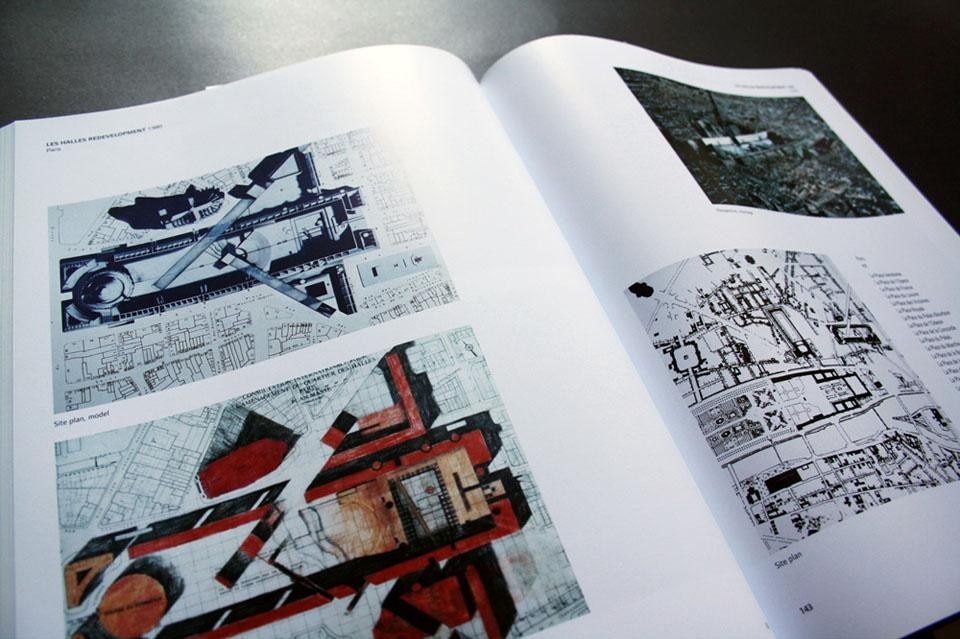
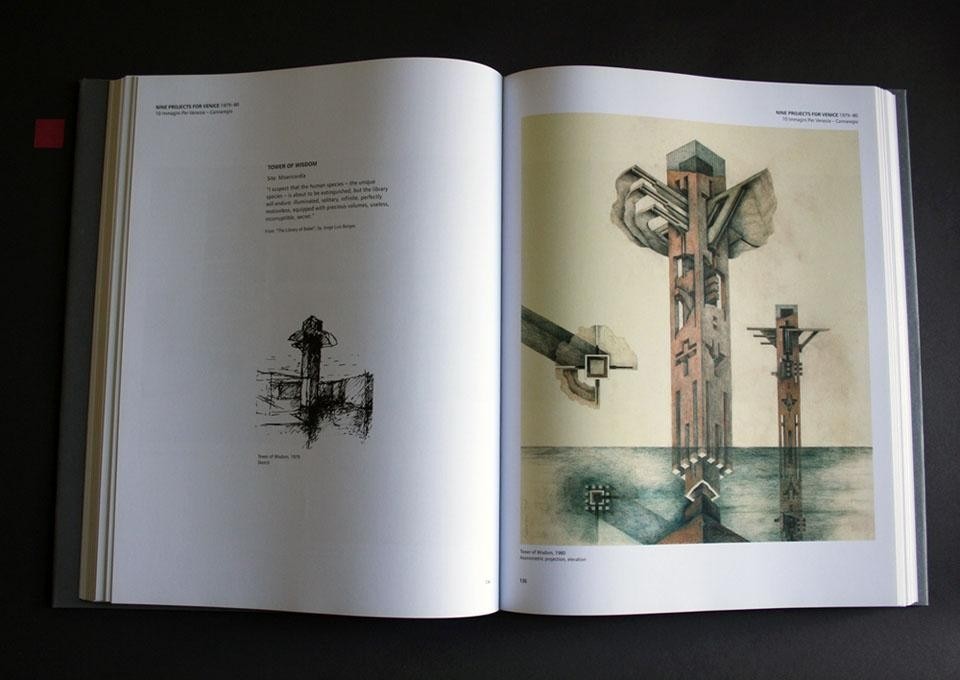
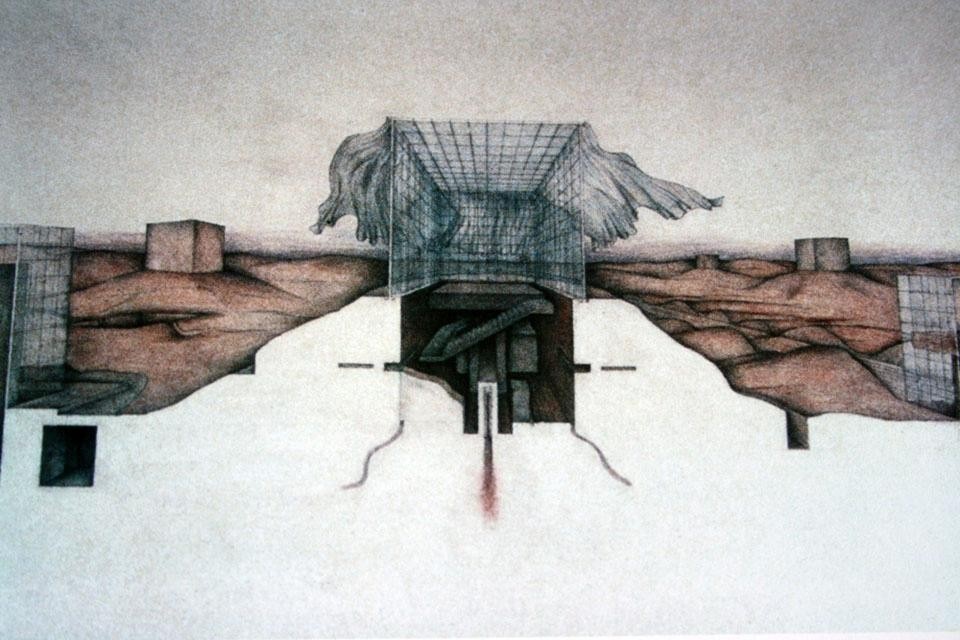
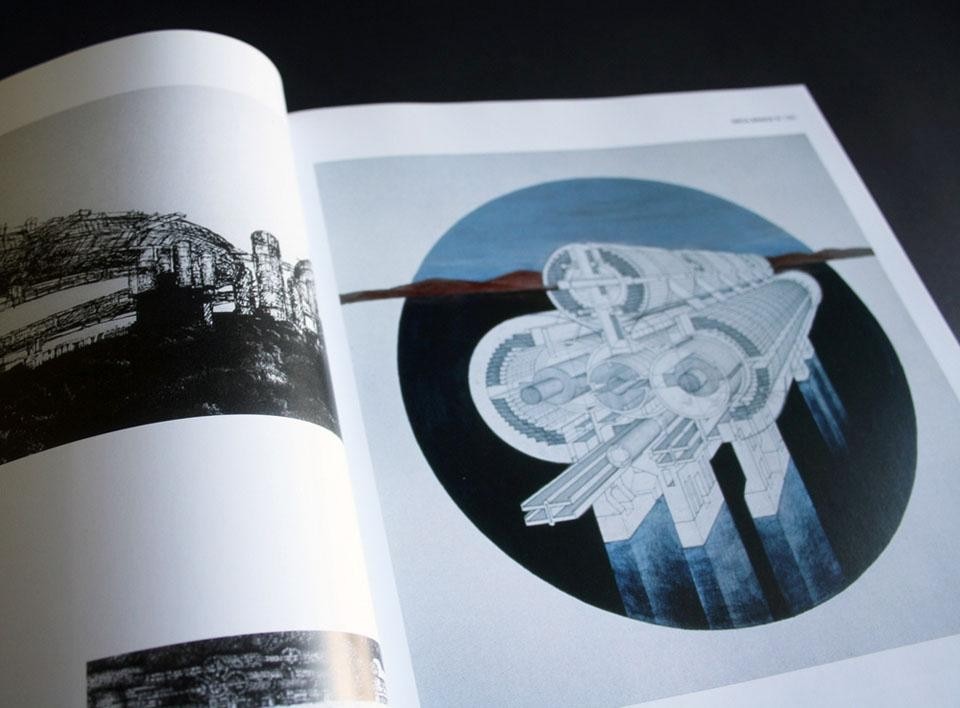
To draw is to map the world through signs, locating the absence of the eyes."
R. A. [Fragmentary Notes]
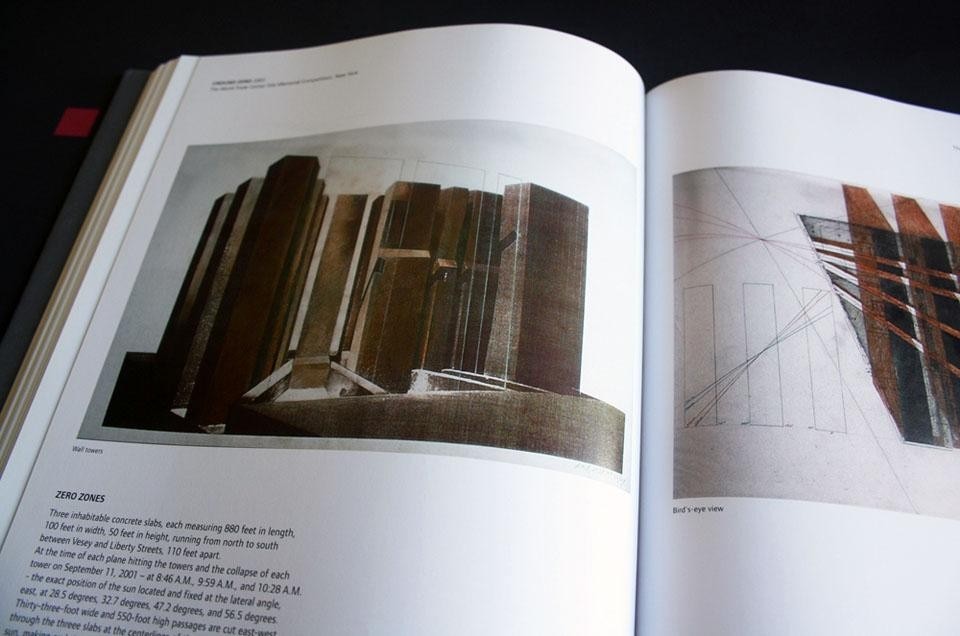
[1]"Nine Questions to Raimund Abraham" An interview by Kenneth Frampton first published in the exhibition catalogue "Collisions", Yale University, 1985.
[2] Fragment of a poem written by Raimund Abraham for the project "The Cosmology of the House: Universe of Man" in 1973 [New York - Vienna].
[3] Norbert Miller. Imagination and the calculus of reality. Raimund Abraham [UN]BUILT, Springer, 2011.
[4] Brodsky & Utkin, The Complete Works. Edited by Lois Nesbitt. Princenton Architectural Press, 2003.

